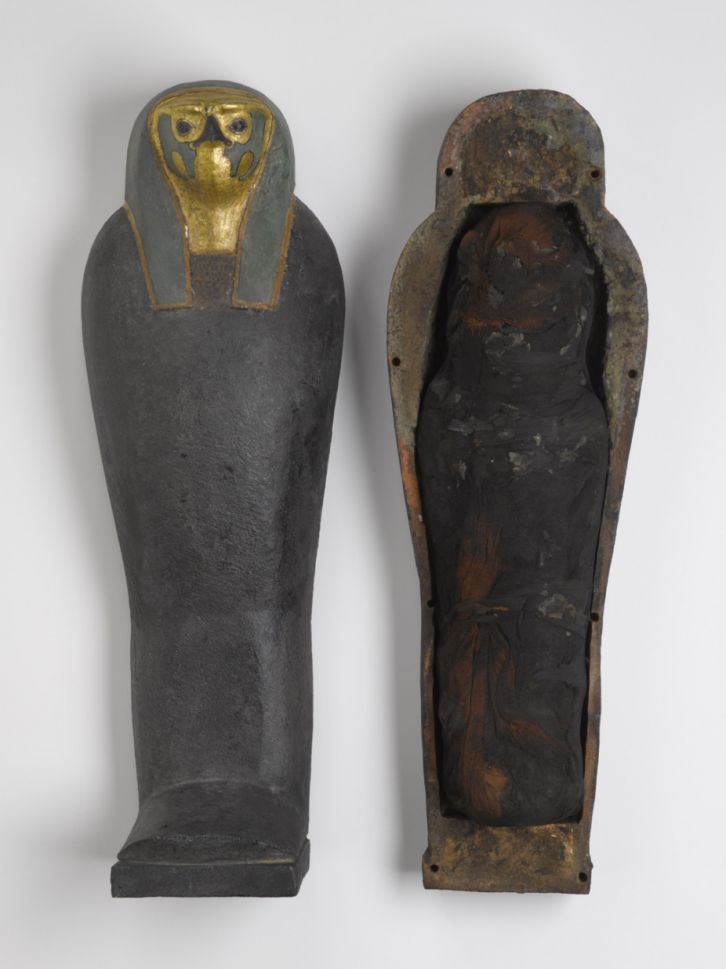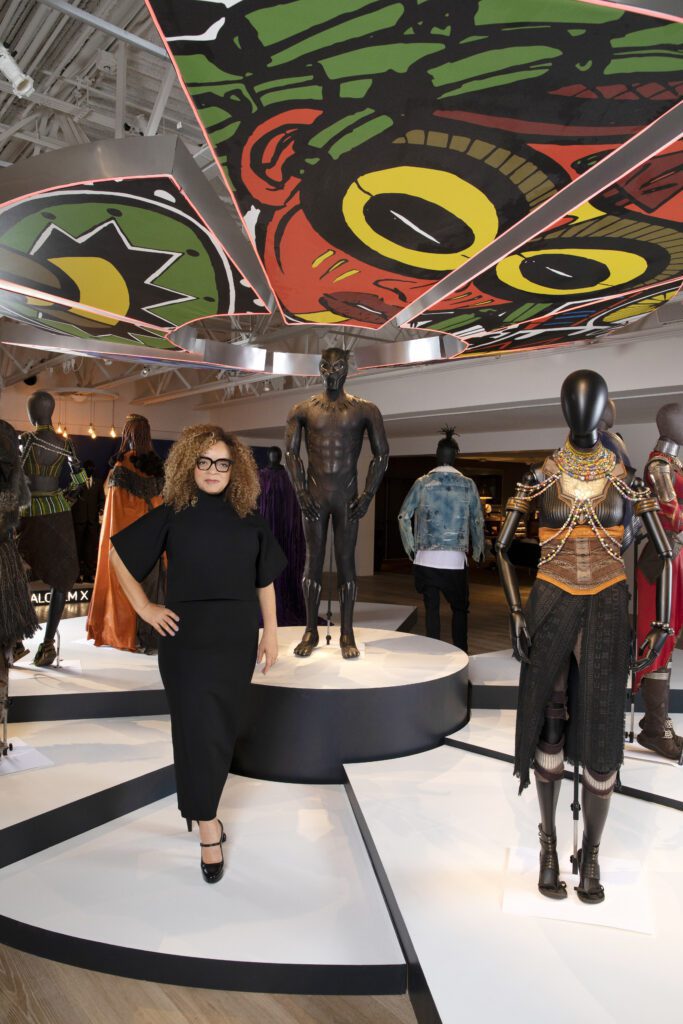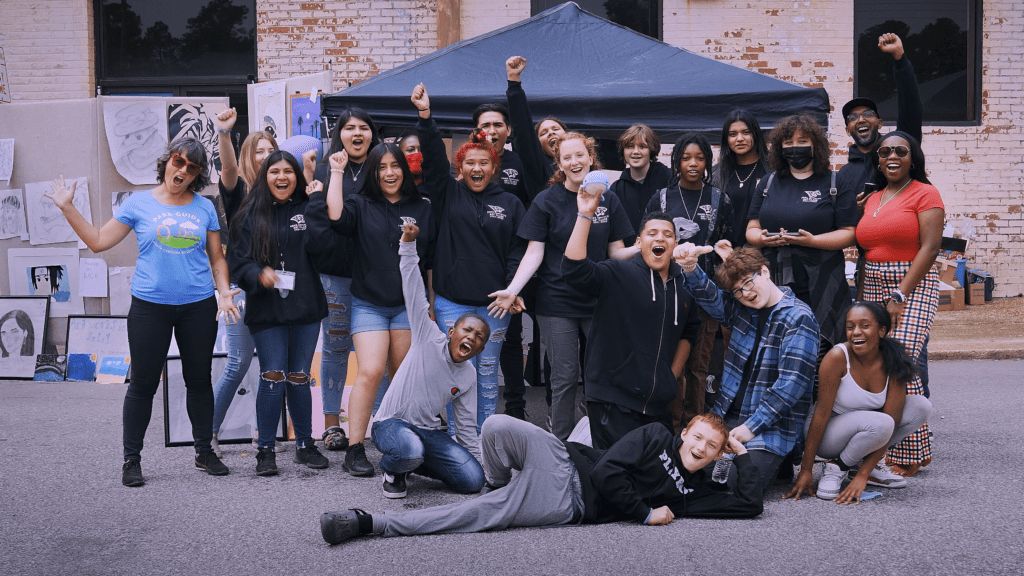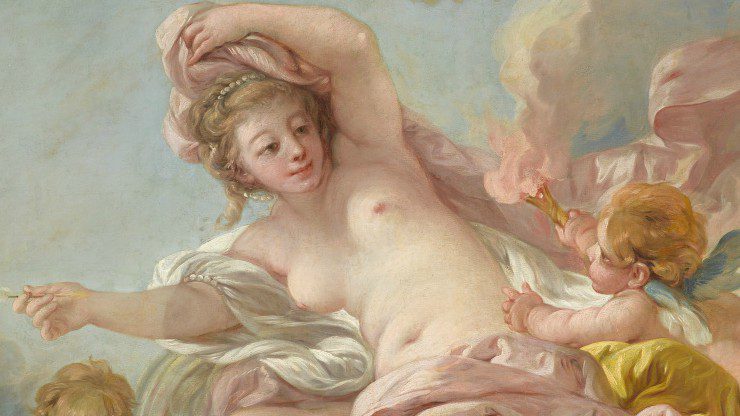What in the World Is a Grain Mummy?
While researching the ancient Egyptian collection, NCMA Egyptologist Caroline Rocheleau discovered through analytical observation—and confirmed using medical technologies—that an object in the Museum’s collection once thought to be a falcon mummy is, in fact, a grain mummy.
Become a member today to enjoy special savings! Learn more about the perks of membership, including free exhibition tickets.
The mummy was at one time believed to be a fake because it did not contain bird bones. Rocheleau is curating What in the World Is a Grain Mummy? to present this humble bundle and its falcon-shaped coffin for the first time and to unravel the mysteries of the NCMA’s only Egyptian mummy. The exhibition focuses on how the scientific method was used to re-establish a questionable item as a genuine Egyptian object. It also delves into the concept of grain mummies; explains their role in ancient Egyptian funerary religion; and discusses the importance of emmer wheat and barley in ancient Egyptians’ diet, economy, and religion. The exhibition also explores why the grain mummy was once confused with a falcon mummy and compares it to an actual ancient Egyptian falcon mummy.
Organized by the North Carolina Museum of Art. This exhibition is made possible, in part, by the North Carolina Department of Natural and Cultural Resources and the North Carolina Museum of Art Foundation, Inc. Additional support for Caroline Rocheleau’s curatorial research on the Egyptian collection was made possible by GSK.

Egyptian, Falcon Coffin and Grain Mummy, 332 B.C.E.–330 C.E., wood, gesso, gilding, paint, linen, Nile mud, grains, and wax, Coffin case: H. 19 3⁄8 × W. 6 1⁄4 × D. 2 1⁄2 in., Gift of the James G. Hanes Memorial Fund
Ruth E. Carter: Afrofuturism in Costume Design
Academy Award–winner in Costume Design, Ruth E. Carter has helped bring characters to life in acclaimed Hollywood blockbusters. The NCMA celebrates the magic of her imagination.
Innovative AIM Program Reaches Thousands
Thinking outside the lines, NCMA outreach programmers connect local artists in rural communities with local students excited to discover the artist within.
Love in the Galleries
This Valentine’s Day we invite you to follow Cupid’s arrow through West Building to discover some amorous works in the NCMA’s collection.



